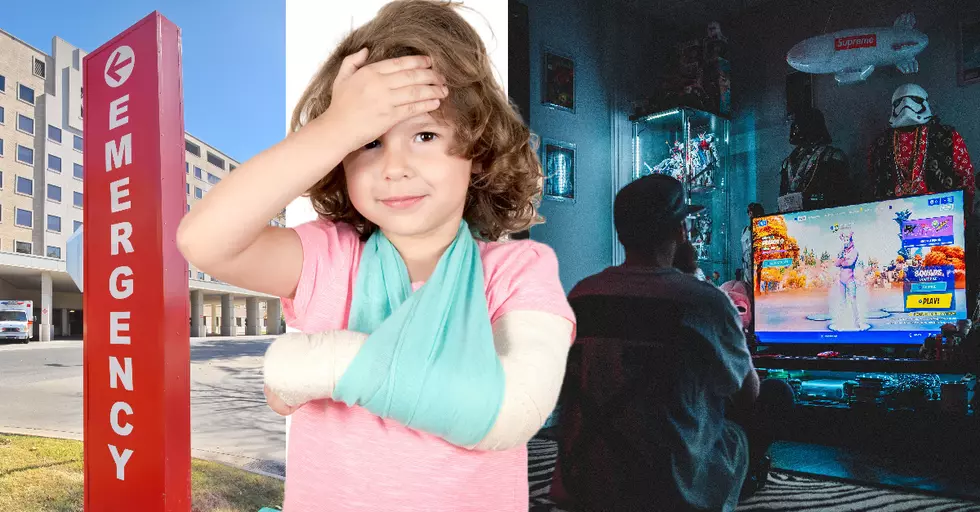
San Angelo Is Suddenly Tops In High Speed Police Chases
There has been a rash of high-speed police chases through the streets of San Angelo lately. The latest on Valentine's Day ended up on the campus of ASU.
We can never be sure when a criminal trying to get away from the police will barrel through crowded city streets. According to a recent report by the National Highway Traffic Safety Administration (NHTSA) over the last 30 years, crashes related to police chases have killed more than 5,000 bystanders.
The US Department of Justice and many law enforcement agencies nationwide have called on police agencies and officers to avoid high-speed chases. The number of high-speed chases elsewhere in the nation has leveled off or dropped due to strict new policy guidelines.
This is not true here in Texas. The Texas Department of Public Safety not only allows for high-speed chases but also allows troopers to shoot at vehicles that are fleeing.
DPS estimates that troopers in Texas engage in 900 high-speed chases per year, with many of them exceeding 100 miles an hour. A 2008 study also found that Texas state police are much less likely to call off a chase once it starts.
Nationwide, that happens 9% of the time. It only happens 3% of the time in Texas. This means a high-speed chase like the one on Valentine's Day in San Angelo happens somewhere in the state three times a day on average.
In a 2017 study, Texas ranked 14th among the states for the deadliest police chases. Between 1996-2015, Texas had 762 pursuit-related deaths the second highest of any state. There were 177 bystander deaths in Texas during that time.
Texas Police pursuit guidelines were established as required by Texas Transportation Code § 546.005 to provide officers with guidelines for driving with due regard and caution for the safety of all persons using the highway. Texas Police Pursuit Guidelines
214.3.1 OFFENSES COMMITTED THAT ALLOW FOR A VEHICLE PURSUIT Officers may only engage in a vehicle pursuit when the suspect is believed to have committed one of the following offenses: (a) Any felony offense. (b) Driving While Intoxicated, regardless of the identity is known. (c) Any Class A or B Misdemeanor, unless the identity of the suspect is known.
The guideline further state that before initiating a pursuit, these are some of the factors to be considered.
1. Seriousness of the known or reasonably suspected crime and its relationship to community safety.
2. The importance of protecting the public and balancing the known or reasonably suspected offense and the apparent need for immediate capture against the risks to officers, innocent motorists, and others
We all want bad guys off our streets. We all also want to have reasonable safety while driving. It might be time amidst the rising number of injuries and deaths caused by high-speed chases in Texas for us to call upon our local law enforcement agencies to review their procedures for these chases.
It is just a matter of time before more innocent lives are lost here in San Angelo and statewide. In the meantime, this is just another reason for drivers to remain vigilant behind the wheel. If a high-speed chase over 100 miles an hour approaches you on city streets, you will only have a split second to react.
Staring at your phone could be the difference between life and death.

10 Things San Angelo is Known For
More From 98.7 Kiss FM









